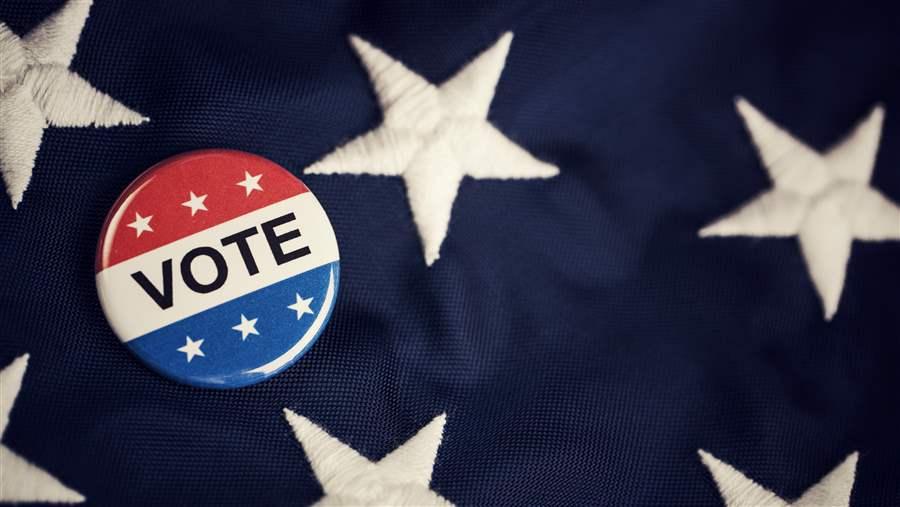Colorado Upgrades Motor Voter System
Improved registration process prioritizes efficiency, security, ease of use
Overview
In 2017, Colorado’s Department of Motor Vehicles (DMV) upgraded its Motor Voter process. A small working group—made up of state and election officials from the Secretary of State’s Office, representatives from the election offices in Denver and Arapahoe counties, and personnel from the DMV—reviewed proposals and made recommendations for the new system. This working group designed automation components and drafted language for the Motor Voter registration process.
Policy considerations
Before the upgrade effort began, Colorado was in compliance with the federal REAL ID Act of 2005, meaning the state already scanned images of customers’ identity and citizenship documents (e.g., birth certificates) and stored them in a database. State officials used this as a foundation to design a Motor Voter process that would address three key policy priorities:
- Efficiency. Under Colorado’s previous Motor Voter system, registration transactions were separate from the DMV’s core function of providing licenses and state identification. The agency’s primary system was not designed to automatically offer—or prompt clerks to offer—customers the opportunity to register as part of routine licensing transactions. Instead, citizens who wanted to register to vote had to request and complete a paper application and hand the form to the DMV clerk. The agency then periodically shipped the forms to election officials for processing. To improve efficiency and register more Colorado voters, registration is now the default unless a person opts out.
- Clarity. The state’s upgraded Motor Voter system eliminates paper and replaces the voter-initiated model with automated registration during any standard DMV transaction. Personal information collected during the licensing process is prepopulated into an electronic application, at which point the user may decline to register or accept, approve, or edit the application. The working group devised clear language to ensure that prospective applicants understand that if they do not wish to register, they must opt out: “This information will be used for voter registration purposes, unless you decline at this time.” The system also prompts the clerk to inform potential voters they will be registered unless they decline.
- Security. The update introduced a two-step process for all licensing and state identification transactions in which the customer visits two stations and interacts with two clerks. At the first station, the clerk collects— and the customer reviews and approves—personal data, such as address and legal name. The second clerk captures the customer’s photo and signature. This ensures that a DMV clerk cannot submit fraudulent voter registration applications, because the full transaction, including the licensing portion, is voided if both steps are not completed.
Technical designs
Guided by the policy considerations, the state took steps to address several technical inefficiencies in its previous Motor Voter system, including:
- Connecting state agencies. Early in its discussions, the working group identified key technical challenges to transmitting data between DMV branches and the state’s voter registration database in the Secretary of State’s Office. In particular, the two agencies used different and incompatible formatting standards for addresses. To remedy this and other technical issues, Colorado took advantage of the fact that the DMV was in the midst of overhauling its technology to efficiently build improvements to Motor Voter. Officials leveraged that upgrade to build a licensing database that uses compatible formatting and can ensure a smooth exchange of information.
- Identifying more eligible citizens. The state also tapped into the DMV’s existing process to design a Motor Voter system that can distinguish voting eligibility from those records, initiate registration applications only for eligible citizens, and bypass the process for other residents. Noncitizens are never asked about voter registration.
- Improving data collection. The new system aligns online DMV licensing renewal and change-of-address transactions with the process used at branch locations. Customers who sign in to the DMV website receive the same prompts and the same opportunity to opt out of registration as those who conduct in-person transactions.
- Conducting faster transactions. The updated system collects registration applications and electronically transmits them to the state’s voter registration database every 24 hours. The applications are then verified by state election officials. Future upgrades could connect to the state’s online voter registration system to provide a real-time data connection between the DMV and the voter registration database.







